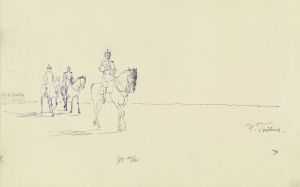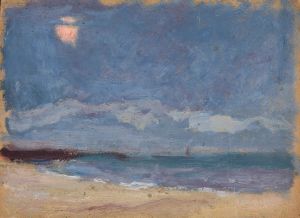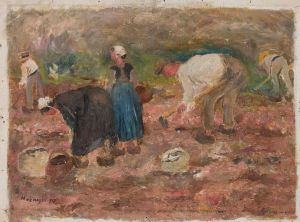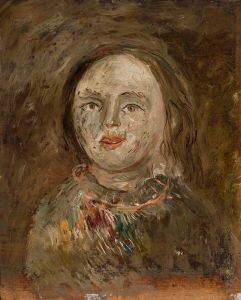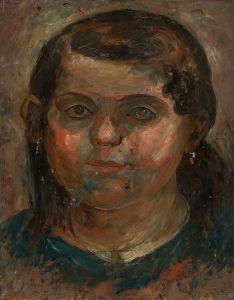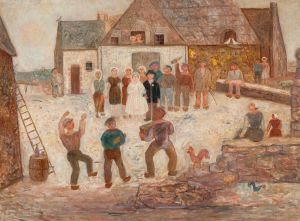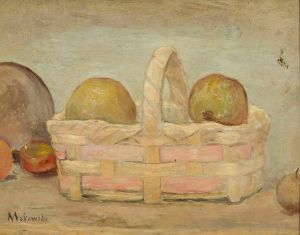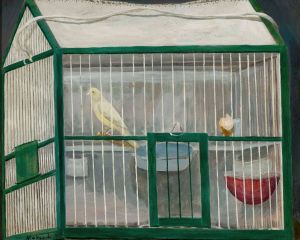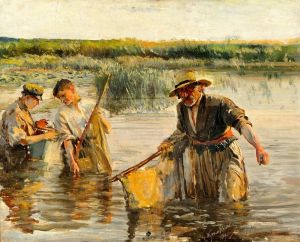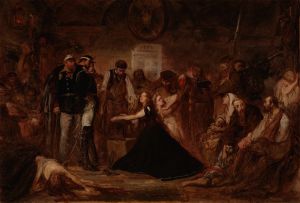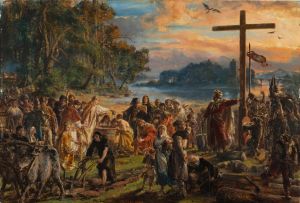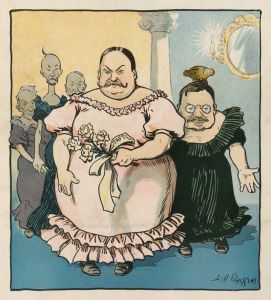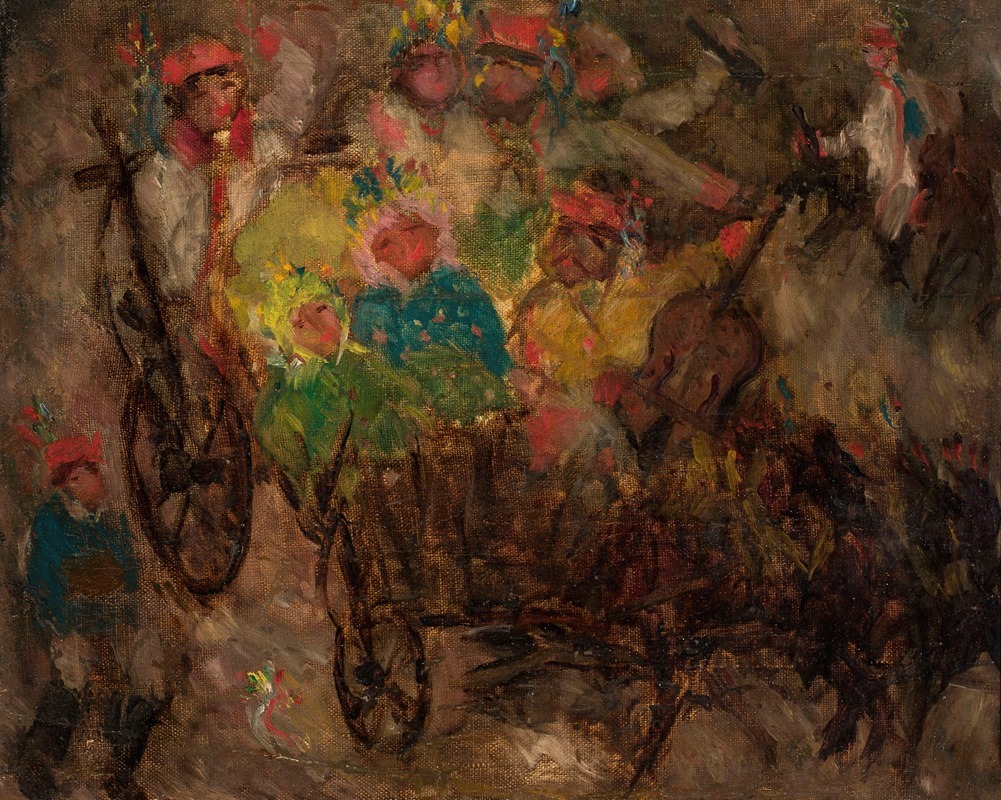
Kraków wedding
A hand-painted replica of Tadeusz Makowski’s masterpiece Kraków wedding, meticulously crafted by professional artists to capture the true essence of the original. Each piece is created with museum-quality canvas and rare mineral pigments, carefully painted by experienced artists with delicate brushstrokes and rich, layered colors to perfectly recreate the texture of the original artwork. Unlike machine-printed reproductions, this hand-painted version brings the painting to life, infused with the artist’s emotions and skill in every stroke. Whether for personal collection or home decoration, it instantly elevates the artistic atmosphere of any space.
Tadeusz Makowski was a Polish painter known for his unique style that combined elements of folk art with modernist influences. He was born on January 29, 1882, in Oświęcim, Poland, and he studied at the Academy of Fine Arts in Kraków. Makowski spent a significant part of his career in France, where he was influenced by the avant-garde movements of the early 20th century. His work often features simplified forms and a focus on everyday life, with a particular emphasis on scenes involving children and rural settings.
"Kraków Wedding" is one of Makowski's notable works, although specific details about this painting are limited. The title suggests that the painting depicts a wedding scene in Kraków, a city with a rich cultural and historical heritage in Poland. Kraków has long been a center of Polish art and culture, and weddings in this region are often celebrated with traditional customs and vibrant festivities.
Makowski's style is characterized by a blend of naïve art and modernist techniques. His paintings often feature bold colors, simplified shapes, and a sense of whimsy. This approach can be seen as a reflection of his interest in capturing the innocence and joy of childhood, as well as the simplicity of rural life. In "Kraków Wedding," it is likely that Makowski employed these stylistic elements to convey the celebratory and communal aspects of a wedding.
Throughout his career, Makowski was influenced by various art movements, including Cubism and Expressionism. However, he maintained a distinct style that set him apart from his contemporaries. His work often includes elements of Polish folk art, which can be seen in the decorative patterns and motifs present in his paintings. This incorporation of folk elements serves to root his work in Polish cultural traditions, even as he engaged with broader European artistic trends.
Makowski's time in France exposed him to the works of artists such as Pablo Picasso and Georges Braque, whose explorations of form and perspective may have informed his own artistic development. Despite these influences, Makowski's work remained deeply personal and reflective of his own experiences and observations.
"Kraków Wedding" likely captures the essence of a traditional Polish wedding, with its emphasis on community, celebration, and cultural heritage. While specific details about the painting are scarce, it can be assumed that Makowski's depiction would include elements typical of his style, such as a focus on the human figure, an interest in the interplay of color and form, and a narrative quality that invites viewers to engage with the scene.
Tadeusz Makowski passed away on November 1, 1932, in Paris, leaving behind a legacy of work that continues to be celebrated for its unique blend of modernist and folk art influences. His paintings remain an important part of Polish cultural heritage, offering insights into the life and traditions of early 20th-century Poland.





